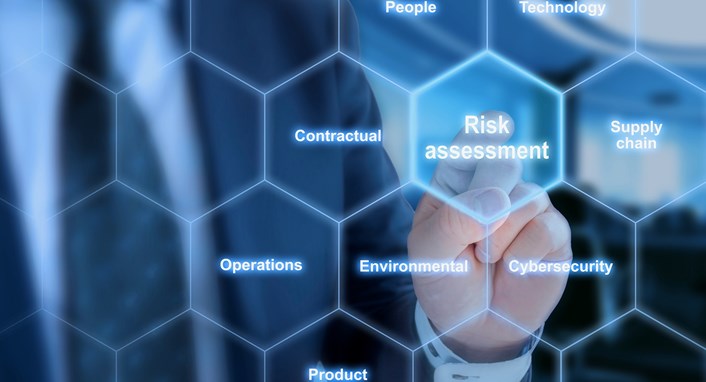
What are Risk Assessments? Definition and Example
Risk assessments are an important process in business and management that help identify potential risks to a company, project or individual. By understanding the possible dangers and threats involved in specific activities, steps can be taken to mitigate any negative effects. For risk assessments to be effective, they must include:
- The definition of what constitutes a risk
- Factors that may contribute to increased levels of risk
- Risks associated with each factor
- How likely each risk is
An example of a risk assessment would be in the context of launching a new product; the factors that could lead to increased risk levels include using untested materials during production, inadequate market research resulting in low customer demand, or even something as simple as choosing an inappropriate launch date.
Each factor would then need to be examined for potential risks (e.g., defects in products causing safety issues) and the likelihood that these events will actually happen (based on past experience). With all this information, it is then possible to make informed decisions about whether or not going ahead with the product launch is advisable given the identified level of risk.
Why do businesses need to conduct a risk assessment?
Product launches are high-risk endeavors. There are so many things that could go wrong, from product defects to low customer demand. Businesses need to conduct a risk assessment before launching any new product.
The purpose of a risk assessment is twofold: first, to identify all the potential risks associated with the launch, and second, to estimate the likelihood of each one happening. This information allows businesses to make informed decisions about whether or not they should proceed with a product launch, given the level of risk involved.
Several factors need to be considered when conducting a risk assessment. For example, you need to look at market conditions and competition and assess how your new product compares to existing products on the market in terms of features and benefits. You should also to consider what could go wrong during production or distribution and what possible damage it could do to your business reputation if things go bad.
How does a business go about conducting a risk assessment?
When developing a new product, businesses need to conduct a risk assessment to determine the risk involved in bringing the product to market. This involves assessing all possible risks associated with launching the product, from marketplace and competitive risks to manufacturing and distribution risks.
By understanding these potential risks upfront, businesses can make informed decisions about whether or not to proceed with launching the new product. They can also put in place measures that will help mitigate any negative impacts if things go wrong. Risk assessments should be ongoing as conditions change over time, as new information could impact the original analysis.
What are some common risks that businesses face?
There are several risks that businesses face when launching new products, including:
- Marketplace risk – This is the risk that consumers will not like or be interested in the product. It can also refer to the risk of being undercut by competitors who may offer similar products at a lower price.
- Manufacturing and distributional risk – If something goes wrong with the manufacturing process, or if goods get damaged or lost during shipment, it can significantly impact the business’s bottom line.
- Product liability – If someone is injured by using a company’s product, it could be liable for damages.
- Competing brands/products – There is always a risk that another company’s product may become more popular than yours, resulting in decreased sales and profits.


